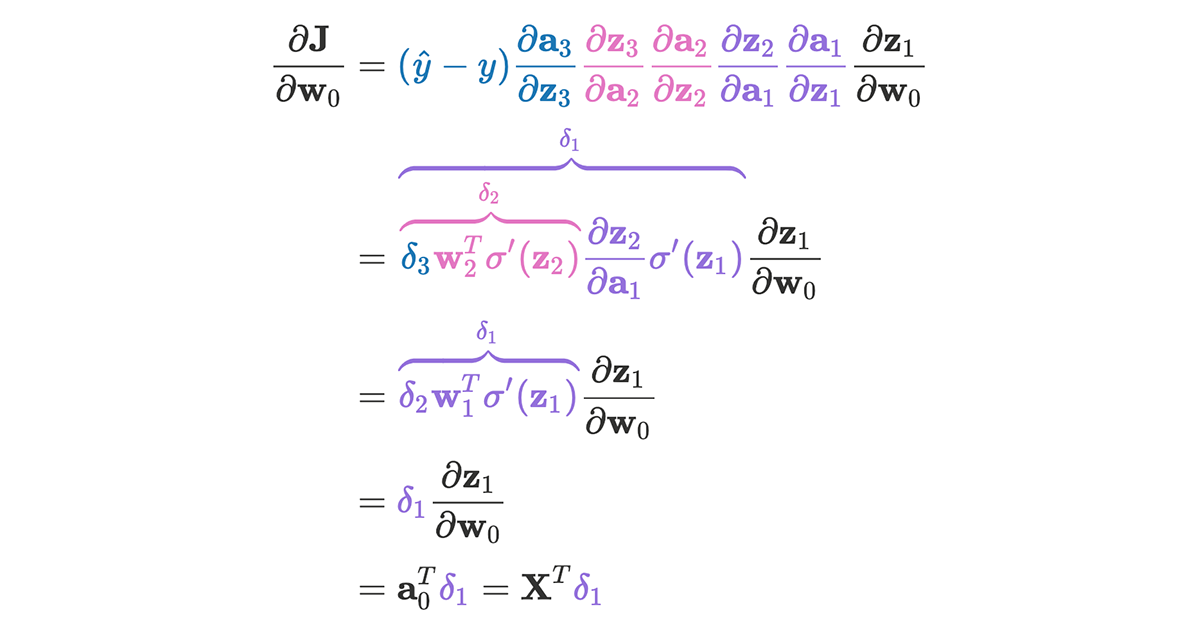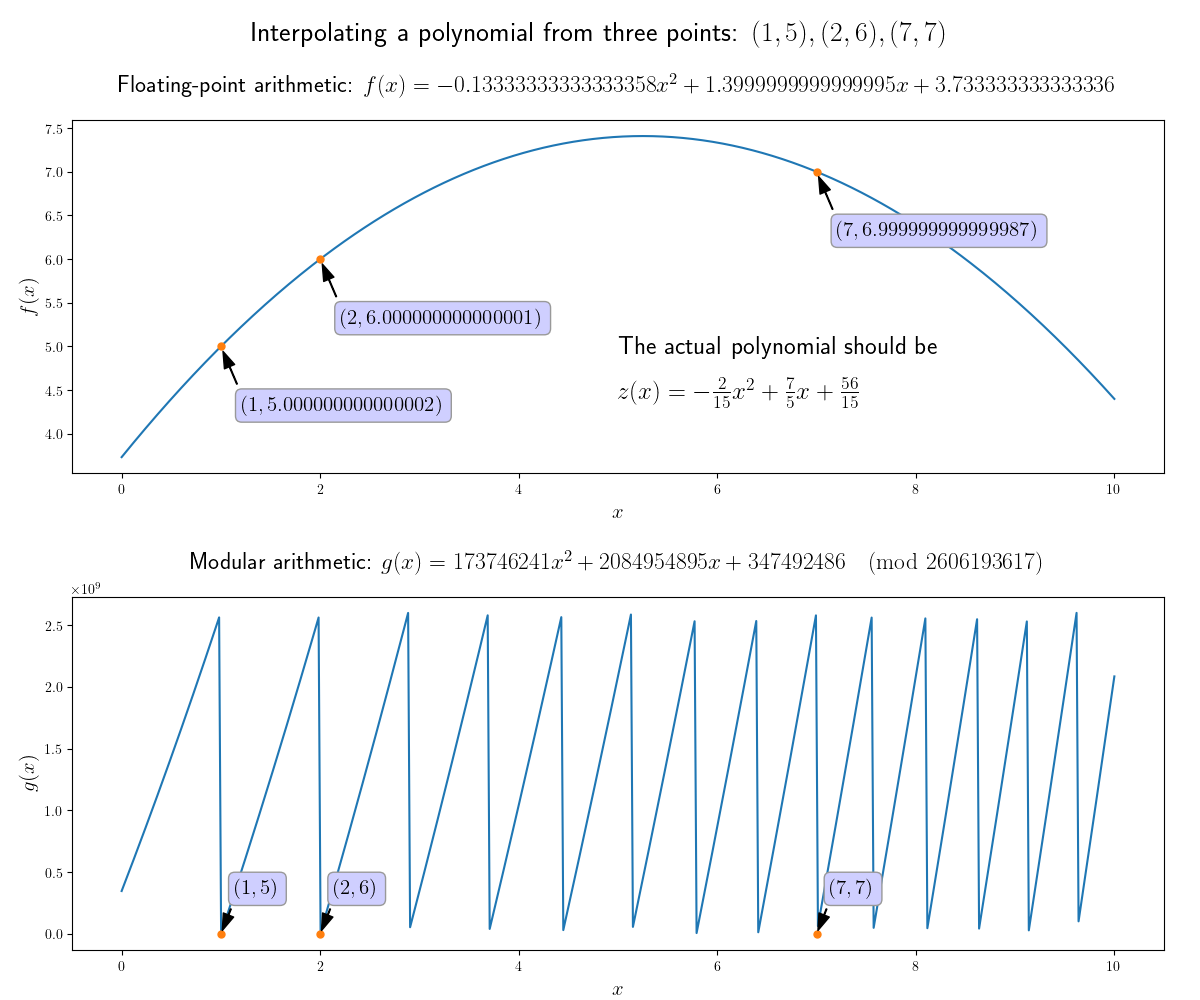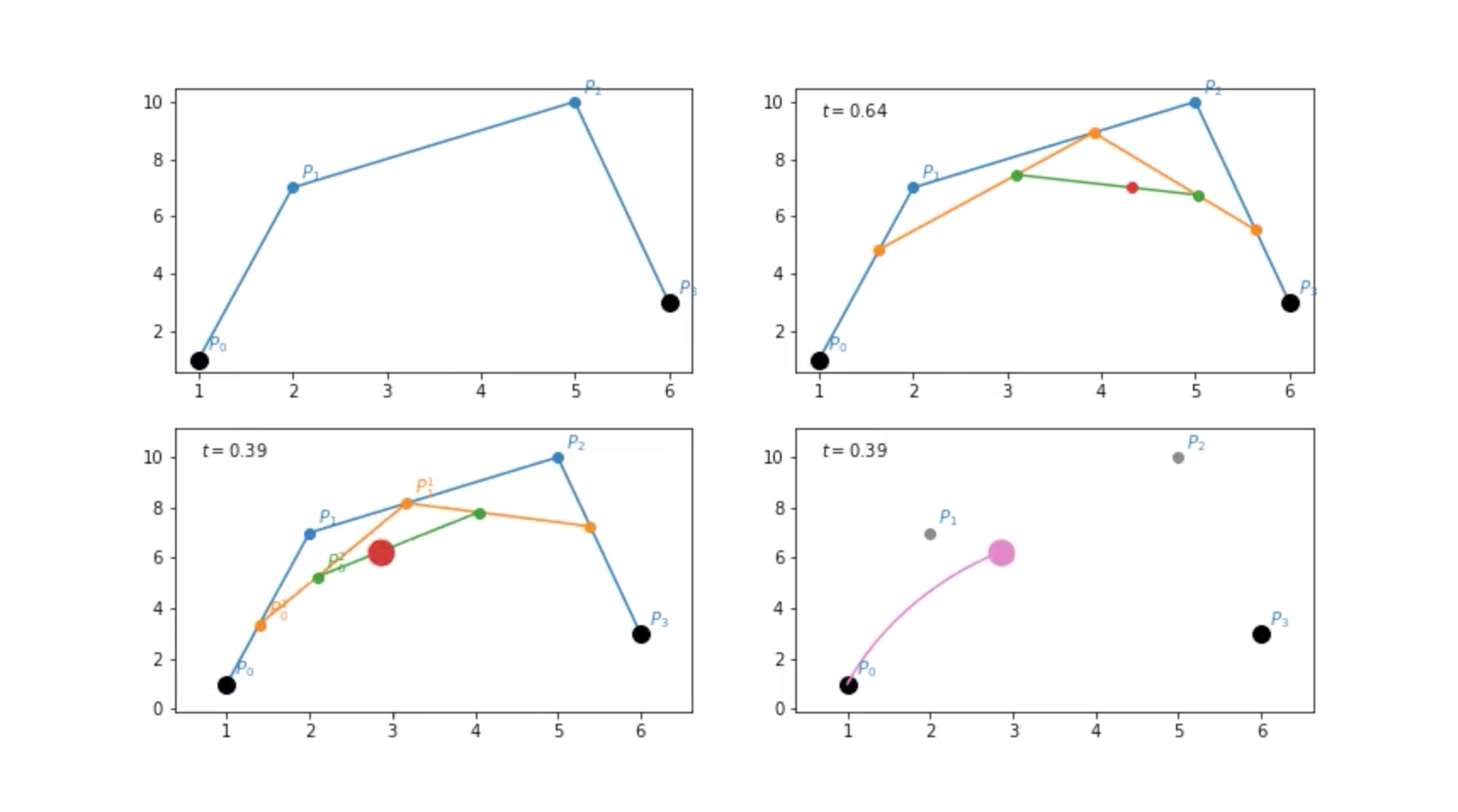Latest posts
Number Theory in Clojure: AKS primality test
Number Theory in Clojure: The Fundamental Theorem of Arithmetic

djdw on the 0s and 1s
Linear Regression, Part 1.9999: Autograd Fail

The mod(ular arithmetic) squad
Polynomial long division & GCD
